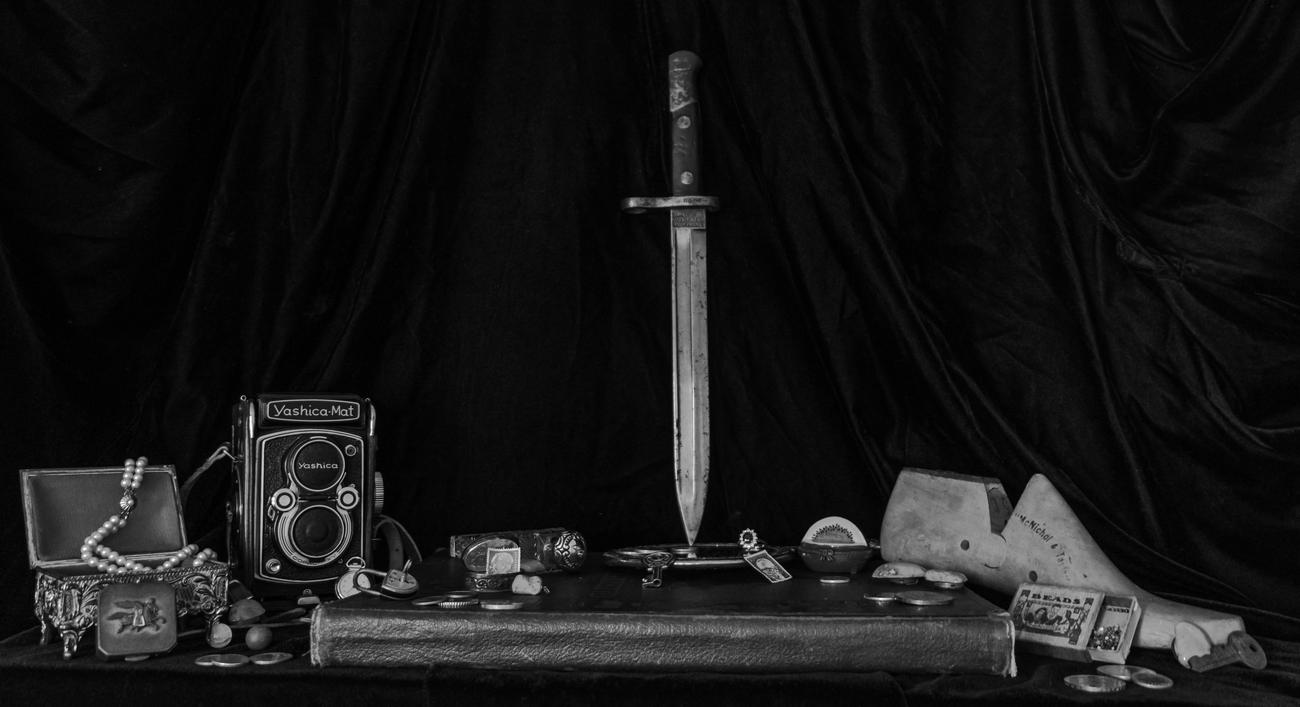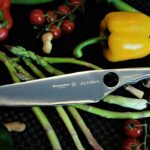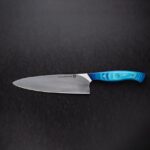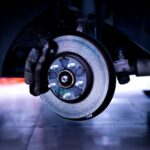Welcome to Expert Tips: How to Sharpen Serrated Knives for Precise Cutting, where I, a seasoned culinary professional with a passion for knife skills and maintenance, will share my expertise on the art of sharpening serrated knives. As someone who understands the importance of keeping these essential tools in optimal condition for accurate and efficient cutting, I am eager to provide you with expert advice and practical tips. Whether you are a novice or a seasoned pro, this article contains valuable insights and techniques to help you master the art of sharpening serrated knives.
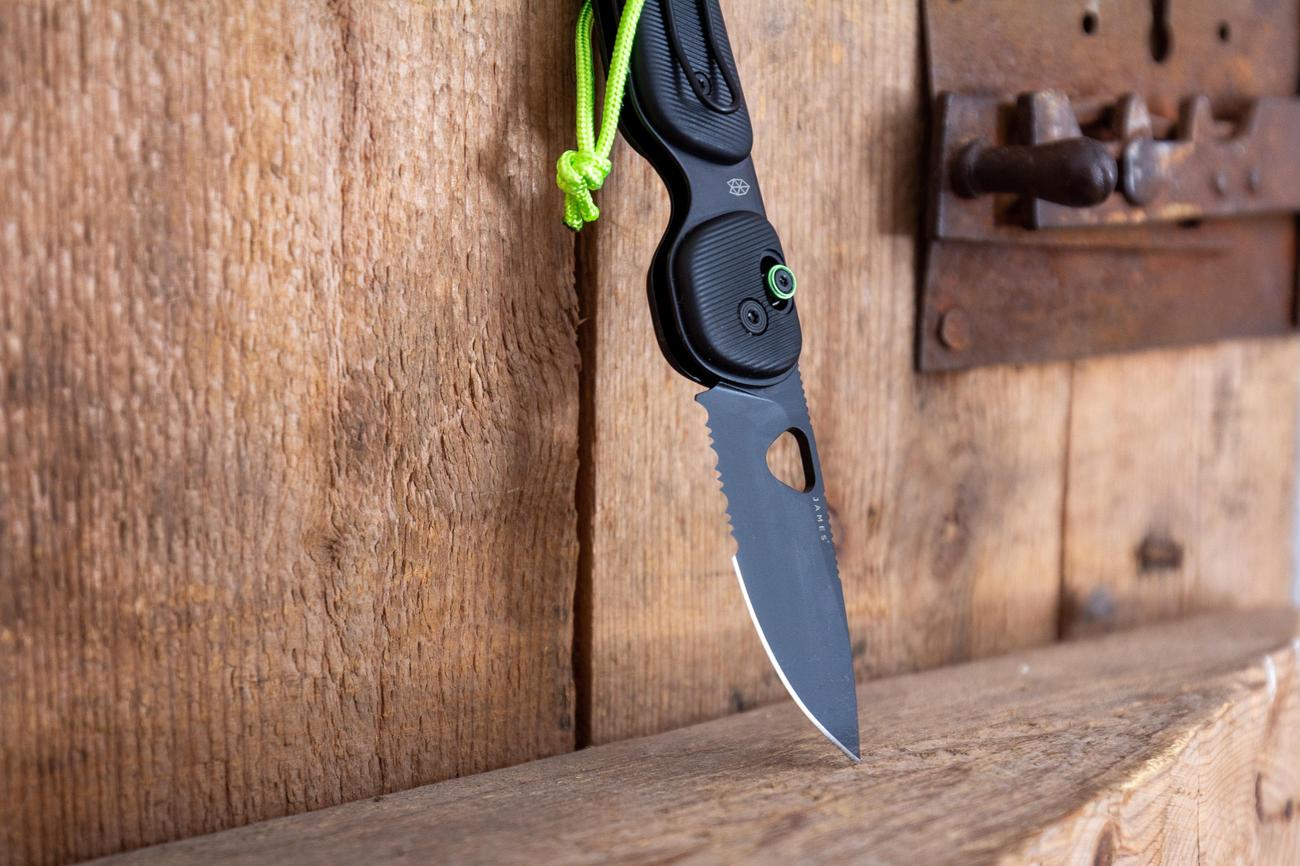
How to Sharpen Serrated Knives: Expert Tips for Precise Cutting
Serrated knives are essential tools in the kitchen, providing precise and efficient cutting for a variety of foods. However, over time, even the sharpest serrated knives can dull and lose their effectiveness. That’s why learning how to sharpen serrated knives is a crucial skill for any culinary enthusiast or professional chef. In this article, we will explore expert tips and techniques for sharpening serrated knives to keep them at their peak performance.
Recognizing the Beveled Side for Sharpening
Before diving into the actual sharpening process, it’s important to determine which side of the serrated knife is the beveled side. The beveled side is where the cutting edges are located, and this is the side that needs to be sharpened. By recognizing and focusing on the beveled side, you can ensure that you are sharpening the correct side of the knife for optimal results.
Sharpening Tools for Serrated Knives
There are several tools available for sharpening serrated knives, and each has its own benefits and characteristics. One popular tool is the Work Sharp Knife Sharpener, designed specifically for sharpening serrated knives. Additionally, honing steel or ceramic rods can also be effective for sharpening these specialized blades. These tools, similar to a honing steel but smaller and narrower, can provide the necessary precision for sharpening the individual serrations of the knife.
The Sharpening Process
Now that we have covered the basics of serrated knife sharpening, let’s dive into the step-by-step process for achieving a clean and sharp edge.
- Begin by securely holding the serrated knife with one hand, making sure to have a firm grip.
- Take the sharpening rod and align it with the first gullet, which is the space between two serrations. Start gently running the rod through each gullet, applying even pressure.
- Repeat this process for each gullet along the beveled side, ensuring that you cover the entire length of the knife.
- As you run the sharpening rod through the gullets, you may notice small burrs forming on the opposite side of the knife. These burrs indicate that you are effectively sharpening the serrations, creating a clean and precise edge.
- Continue working through each gullet, removing any burrs that form to maintain a consistent edge along the entire length of the knife.
- Remember to use steady, short strokes with the sharpening rod to avoid damaging the individual serrations.
- Once you have sharpened all the gullets, your serrated knife should be restored to its optimal sharpness level, ready for precise cutting.
The Benefits of Sharpening Serrated Knives
Serrated knives have an advantage over other knives due to their recessed sharp edges, which reduces friction and helps maintain their sharpness for longer periods. By sharpening your serrated knives regularly, you can maximize their longevity and ensure that they consistently deliver precise cutting results.
Expert Tips and Final Thoughts
To summarize the key points for sharpening serrated knives:
“Recognize the beveled side of the serrated knife for sharpening, choose the right sharpening tool, and follow the step-by-step process of running a sharpening rod through each gullet to remove burrs and restore the sharpness.”
It is vital to know how to use a serrated knife correctly and to understand the importance of proper maintenance. With these expert tips and techniques in hand, you can confidently sharpen your serrated knives for precise cutting in the kitchen. By honing your skills in knife sharpening, you will elevate your culinary experience and ensure the longevity of your cherished serrated blades.
Knives are not just ordinary tools; they are fascinating instruments that have a rich history and numerous intriguing facts. From the different types of blades to the intricate designs, there is so much to explore about knives. If you’re curious about learning more about these versatile tools, we’ve compiled a list of interesting facts about knives that will leave you amazed. Click here to uncover these fascinating facts about knives: facts about knives
How to Sharpen Serrated Knives: A Step-by-Step Guide
[youtube v=”MB03Ti3dxR8″]
Introduction
Serrated knives are essential tools in the kitchen and beyond. Over time, however, these knives can become dull and less effective. That’s why it’s important to know how to sharpen them properly. In this article, we will guide you through the process of sharpening serrated knives, ensuring they remain as sharp as the day you bought them.
Understanding Serrated Knives
Serrated knives come in various types, from bread knives to pocket knives, each with their own unique serrations. In this guide, we will focus on traditional serrated knives with a bevel ground into one side and circular, symmetrical serrations. These are commonly found in multi-tools, pocket knives, bread knives, and rescue-style blades.
Tools for Sharpening Serrated Knives
When it comes to sharpening serrated knives, there are several tools you can use. Manual sharpeners with ceramic or diamond abrasives are ideal for this task. Specifically, using a tapered diamond rod is highly effective for addressing different sizes of serrations. It’s important to note that common kitchen steels won’t do enough to sharpen a serrated knife. You need something with more cutting power, like ceramic or diamond.
The Sharpening Process
To begin sharpening your serrated knife, you’ll need to locate the beveled side where the cutting edges are located. Using a tool like the Work Sharp Knife Sharpener or a ceramic rod, run it through each gullet, applying even pressure. This will help maintain the sharpness of the individual serrations.
During the sharpening process, it’s crucial to use steady, short strokes to avoid damaging the serrations. You want to focus on the valleys rather than the peaks of the serrated teeth. This ensures that you’re pushing the metal out and towards the cutting edge, resulting in a sharper knife.
Once you’ve sharpened each serration, check for small burrs on the opposite side of the knife. These burrs signify that the serrations have been effectively sharpened and the metal has been brought together. You can feel for the burr by running your finger along the edge or using your fingernail.
The Importance of Regular Maintenance
Regularly sharpening your serrated knives is crucial for maintaining their longevity and precision. By keeping them sharp, you ensure optimal performance and avoid unnecessary wear and tear. Following the key points mentioned above — recognizing the beveled side, choosing the right tool, and following a step-by-step process — will help you maintain your knife’s sharpness and extend its lifespan.
In conclusion, proper maintenance and sharpening skills are essential for using serrated knives correctly and ensuring their longevity. With the right tools and techniques, you can keep your serrated knives sharp and ready for any cutting task that comes your way.
“Regularly sharpening serrated knives can maximize their longevity and maintain precise cutting results.”
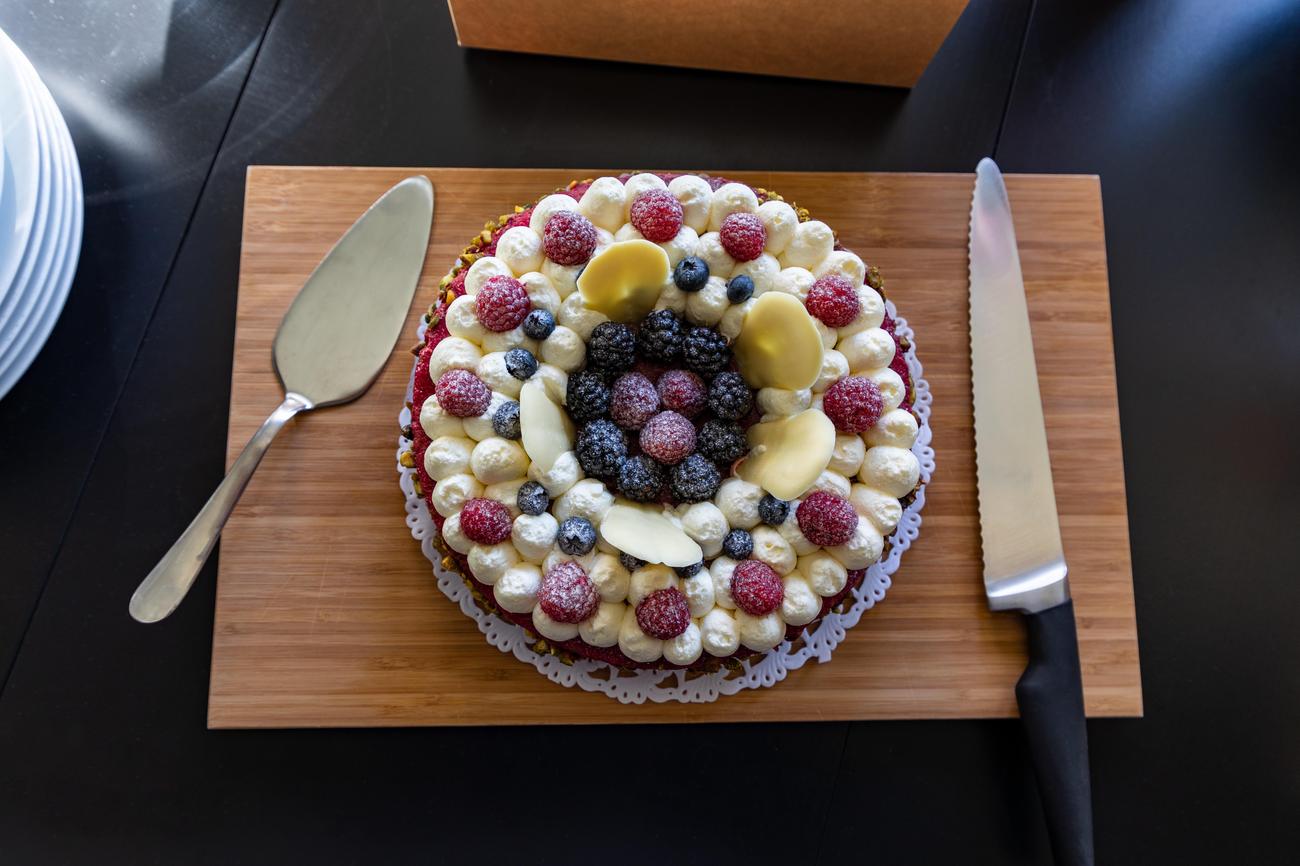
FAQ
Question 1: Are there any tutorials available for sharpening serrated knives?
Answer: Yes, there are several videos available on platforms like YouTube that provide tutorials on how to sharpen serrated knives. These tutorials can be helpful in learning the proper techniques for sharpening serrated knives.
Question 2: What are some popular tools used for sharpening serrated knives?
Answer: The Work Sharp Knife Sharpener is a popular tool used for sharpening serrated knives. Additionally, honing steel or ceramic rods can also be used to sharpen serrated knives effectively.
Question 3: How can I determine which side of the knife is the beveled side before sharpening?
Answer: Before sharpening a serrated knife, it is important to determine which side of the knife is the beveled side. This can be done by looking closely at the serrations – the beveled side typically has a slightly curved shape.
Question 4: How should I sharpen the serrations on a serrated knife?
Answer: To sharpen the serrations on a serrated knife, a sharpening rod should be run through each gullet gently in several short strokes. This helps to maintain the sharpness and precision of the serrated edges.
Question 5: Is it necessary to sharpen all the gullets on a serrated knife?
Answer: Yes, sharpening all the gullets is important to achieve a clean and sharp edge on a serrated knife. By sharpening all the gullets, the serrated knife can maintain its effectiveness for precise cutting.
- Unveiling the Enigma: Mansoureh Khojasteh Bagherzadeh’s Public Appearances & Private Life in Iran - July 18, 2025
- Unveiling the Mystery: Mansoureh Khojasteh Bagherzadeh’s Husband: A Rare Glimpse into a Private Life - July 18, 2025
- Unveiling Masoud Khamenei’s Mother: Power, Influence, and Iran’s Future - July 18, 2025
